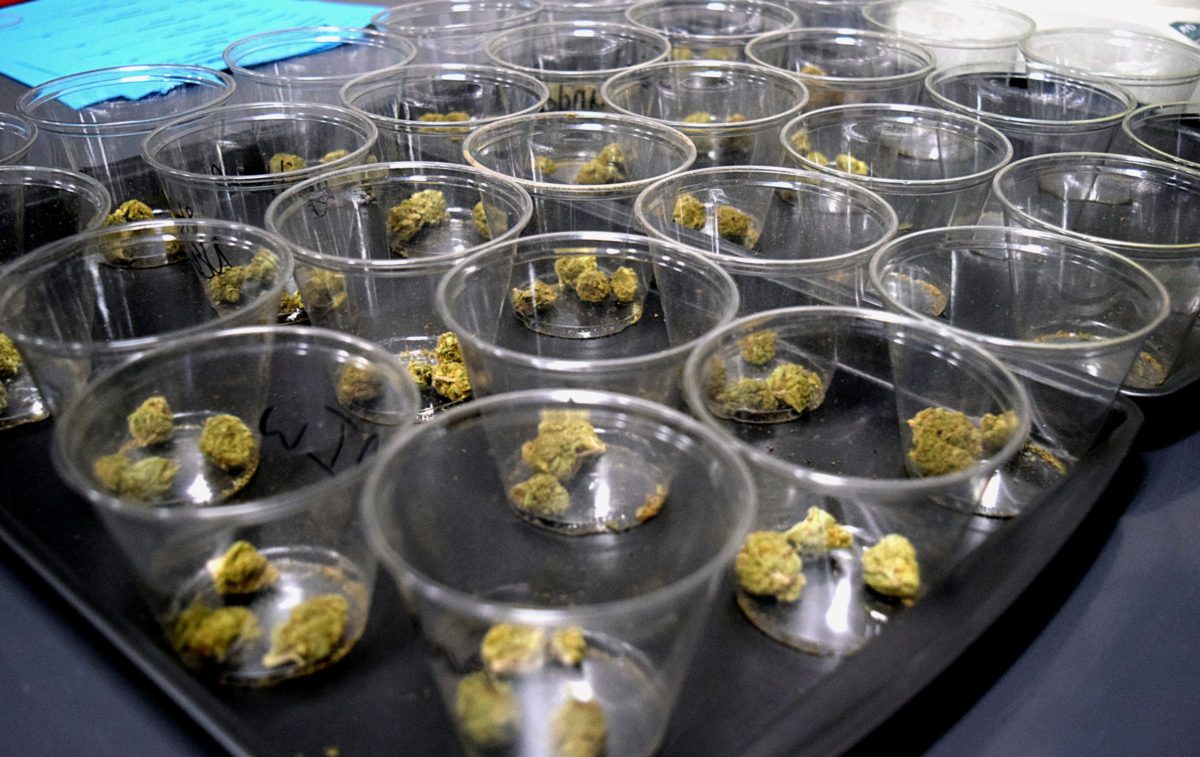Medical Cannabis Protection: The Rohrabacher-Farr Amendment

First introduced in the U.S. House of Representatives in 2001, the Rohrabacher-Farr Amendment is legislation intended to prohibit the U.S. Justice Department from spending any funds on actions designed to interfere with implementation of state level medical cannabis laws. It was not until May 2014 that the law passed the House and was passed in an omnibus spending bill in December 2014.
It was historic in that it was the first time both houses of Congress voted in legal protection for medical cannabis patients. It’s also an incredible, hard-won victory for cannabis advocates, after nearly two decades in the face of considerable opposition and multiple partnerships in sponsoring the amendment. Another name for this legislation is the Rohrabacher-Blumenauer Amendment.
An interesting point about this legislation is that it must be renewed each fiscal year to remain in effect, making it quite vulnerable to changes in the political climate. It also does nothing to alter the status of marijuana as a controlled substance – currently Schedule I, which indicates no medical value.
The full text of the 2014 Rohrabacher-Farr Amendment to this law reads: “None of the funds made available in this Act to the Department of Justice may be used, with respect to the States of Alabama, Alaska, Arizona, California, Colorado, Connecticut, Delaware, District of Columbia, Florida, Hawaii, Illinois, Iowa, Kentucky, Maine, Maryland, Massachusetts, Michigan, Minnesota, Mississippi, Missouri, Montana, Nevada, New Hampshire, New Jersey, New Mexico, Oregon, Rhode Island, South Carolina, Tennessee, Utah, Vermont, Washington, and Wisconsin, to prevent such States from implementing their own State laws that authorize the use, distribution, possession, or cultivation of medical marijuana.
Implementation and Interference
After the implementation, the Department of Justice attempted arguing, in April 2015, that the Rohrabacher-Farr Amendment only protected state officials. The DOJ also argued, about this time, that the amendment can clearly be extended to cover recreational cannabis use. Congress at no time refuted this. The Justice Department continued to prosecute medical cannabis patients. This lead to demands in July 2015 for a government investigation into the primary operatives in this, as an act of harassment against medical marijuana patients and providers. It took only 3 months for US District Judge Charles Breyer to affirm the intention of this amendment. The decision criticized the DOJ interpretation. Judge Breyer said that it “defied language and logic” as well as that it “tortures the plain meaning of the statute”. The DOJ appealed this ruling, but less than 6 months later withdrew the appeal.
Further, and in key support of this amendment, the Ninth Circuit Court of Appeals in April 2016 consolidated the appeals of 10 medical cannabis providers in Washington and California, and granted the appeal. The Ninth Circuit covers nine western states, and the ruling in favor of the cannabis providers was unanimous. It is expected to continue to hold influence on other circuit courts, even after the repeal of the Cole Memo.
As the cannabis climate changes, and Federal law once again stands in opposition to State law, this amendment and decisions supporting it will likely become a central component of the mass defense of cannabis producers, processors, retailers, transporters, and others in the legal cannabis industry.
by: Michael “the Aging Ent” Schroeder, owner, Green Owl Media

[…] example, Congress bans federal authorities to act against the medical cannabis systems of the states. This ban must be renewed annually to […]
[…] finding federal law supported the existence of a market for medical marijuana and provided federal protections for a state-sponsored medical marijuana industry. The Court went on to say that allowing states to […]